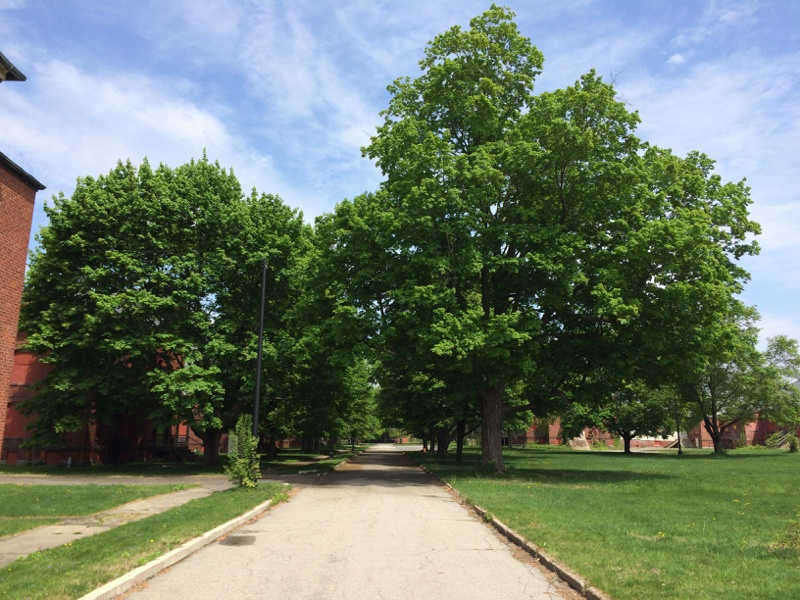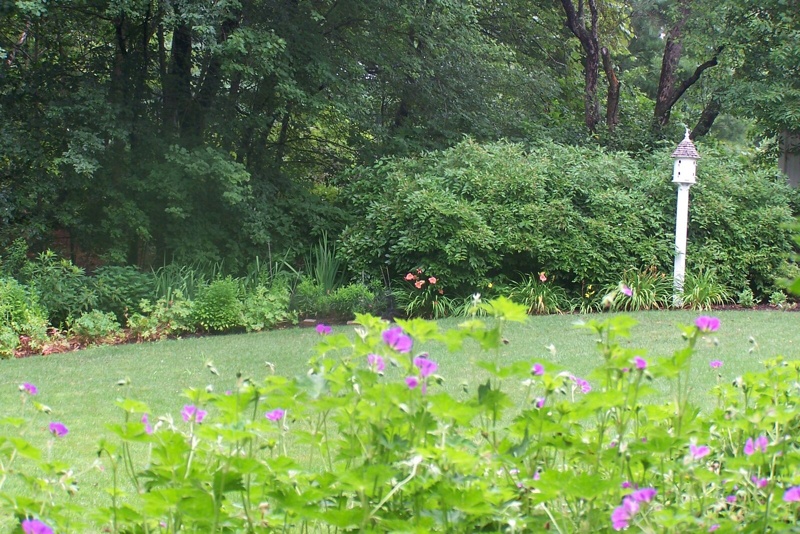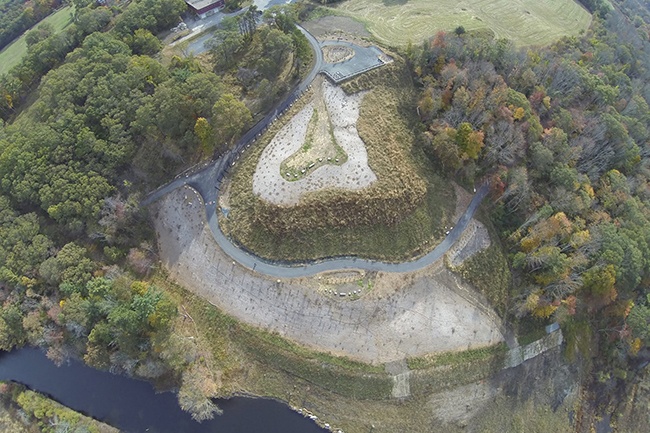Property owners who abut public property face a unique set of challenges when it comes to getting a landscaping project approved. Instead of having to contend with just one or two immediate neighbors, you’re potentially faced with the entire community which becomes, in a sense, neighbors and can have a say in what you can and cannot do with your landscaping project.
So how can you sell your outdoor project to your local conservation commission and the community at large while still keeping it aligned with your goals? The short answer is, make it a win/win/win situation for you, the community, and the environment. Be willing to stretch your ideas and goals a bit. Compromise if and where needed in the name of being a good neighbor and a fellow concerned citizen, sensitive to the environment and the natural resources that need protection.

To improve your chances of receiving project approval and winning the support of the community, consider incorporating any or all of these seven characteristics of environmentally-friendly landscape designs into your project:
- Use native plants You can find a list of native plants through Mass DEP or your local government environmental agency. You can also look to your local horticultural association. Look for plants that are native to your community so that there are other plants already established with which they can cross-support soil biology and insects and fit easily into the ecological system. There’s no need to go 100 percent native – a good mix that will provide you with the color, shapes, and textures that work within your landscape design is fine. The point is to be more native than exotic.
- Promote plant diversity Utilizing native plants does NOT mean picking one or two and then planting your entire property with them. Plant diversity creates stability within the environment and your landscape. The more diversity, the more sustainability. Layers of multiple plant types provides you with color and vibrant plants throughout the year. When one species is dormant, another is active and thriving, helping you sustain a healthy, happy landscape.
- Create bee and butterfly habitats A great way to win the hearts of conservation commissions and adversarial community residents is to create habitats to support honeybees and butterflies – two major pollinators. Both species are struggling right now and as their numbers dwindle, many of our important crops are threatened. Creating sustainable habitat for bees and butterflies supports other species as well, including birds and bats that devour insect pests such as mosquitos. All of this encourages a healthy, diverse environment.
- Minimize mechanical maintenance Designing a landscape that requires little mowing, pruning, and other mechanically-assisted maintenance minimizes the human footprint on the area by reducing noise and pollution. Select plants that are attractive and low maintenance (check out our Picking Plants eBook). These choices are also easier on you, the property-owner – after all, why work harder than you need to? Less work to maintain it means more time to enjoy it.
- Minimize water and chemical consumption Fertilizer, herbicides, pesticides and the excessive water it takes to distribute them are hard on the environment. It pays to do a little homework first and check to see what your landscape really needs. The goal is to find homeostasis – balance in the system. If your soil is acidic, add environmentally-friendly lime to balance it, or consider acid loving plants! Use clean leaf or hard wood mulches to retain moisture and discourage weeds. The less chemical products you use, the more money you save.
- Add seasonal interest Everybody loves a beautiful landscape. Be sure to mix and match your plant types and other design elements to keep your landscape beautiful year-round. Working with bulbs, ephemerals, groundcovers, perennials as companions to your shrub layer and make an enchanting garden of even the smallest parcel of land. Each season brings unique color and textures to the landscape, so work with all of these plant choices to create harmony that people will appreciate.
- Make it sustainable That means incorporating organic and inorganic components into your landscape design that will be mutually sustainable if you stopped actively supporting them. Native plants will, of course, go a long way in ensuring that your landscaped space will be able to survive and thrive without your assistance. Likewise incorporating stone and other durable elements will do just fine, gently weathering and evolving along with the land around them.

A colorful residential wetland replication planting
Tweetable Tip: Incorporate these 7 characteristics of environmentally-friendly landscape ideas into your next project http://ctt.ec/dq7D2+
If you liked the insights shared in this article, download the free eBook titled "Navigate State and Local Environmental Regulations Like a Pro!" to gain more insights into environmentally friendly landscaping.

A big thank you to Alec Stevens who took the amazing aerial photograph you see in this article. He is a Medfield, MA resident too!






Leave a comment